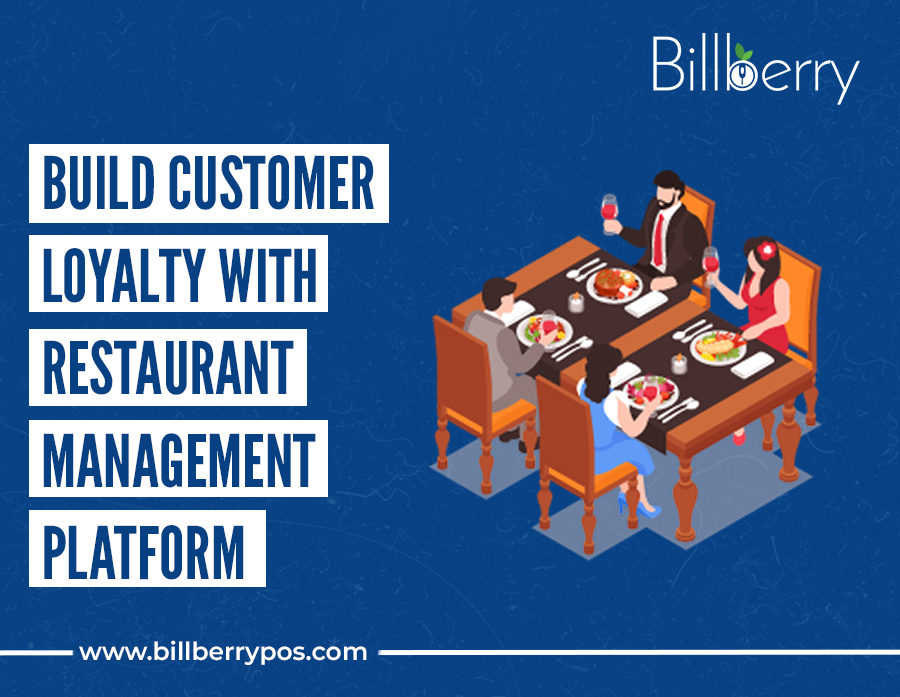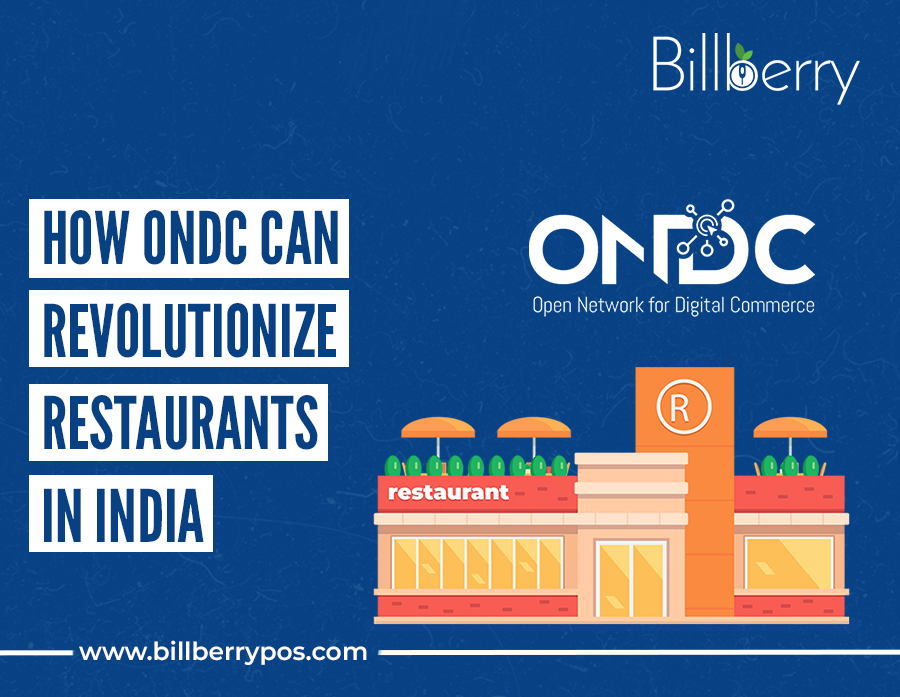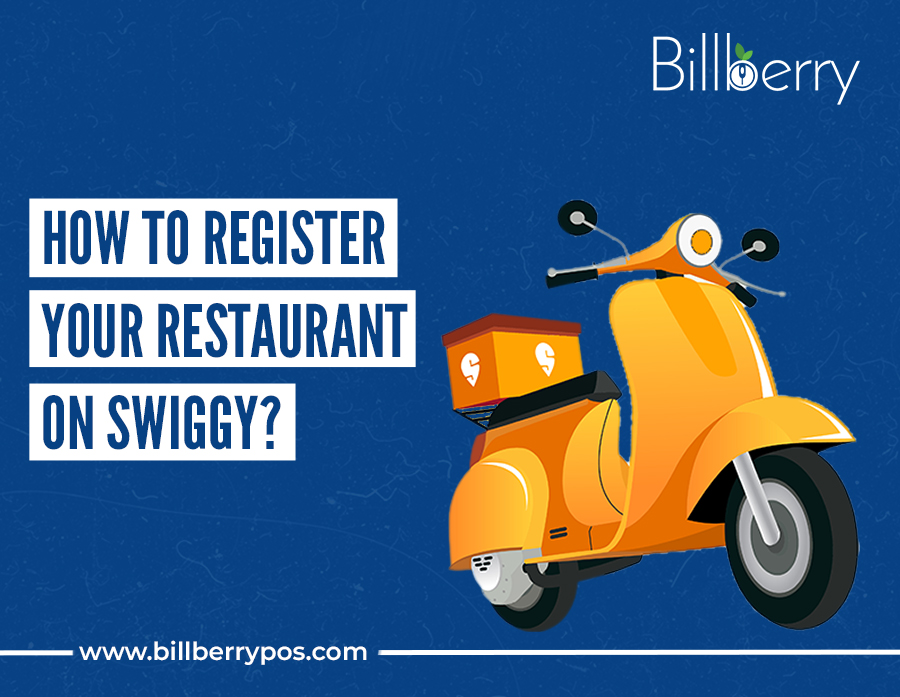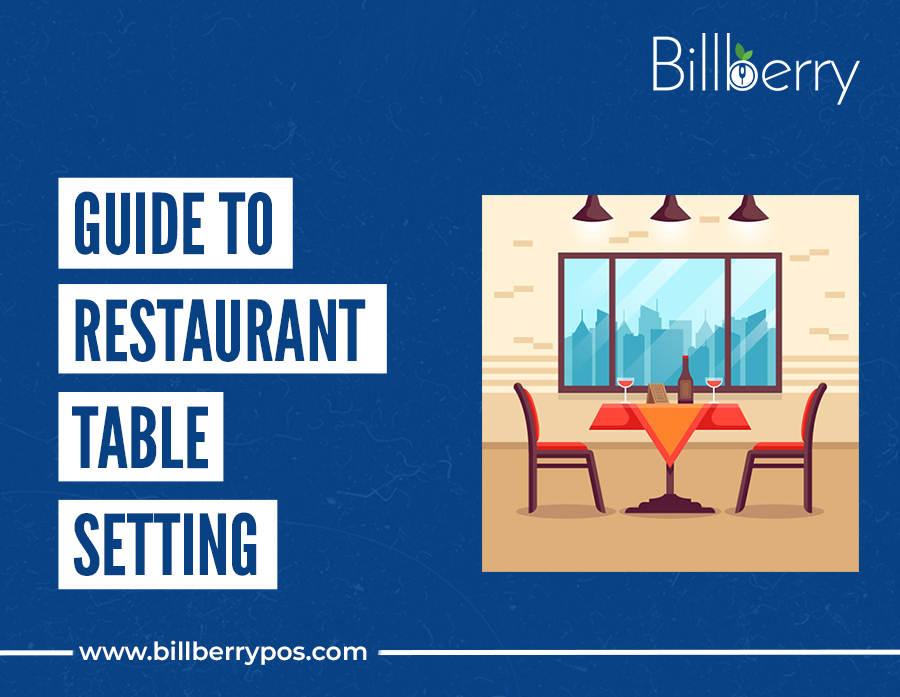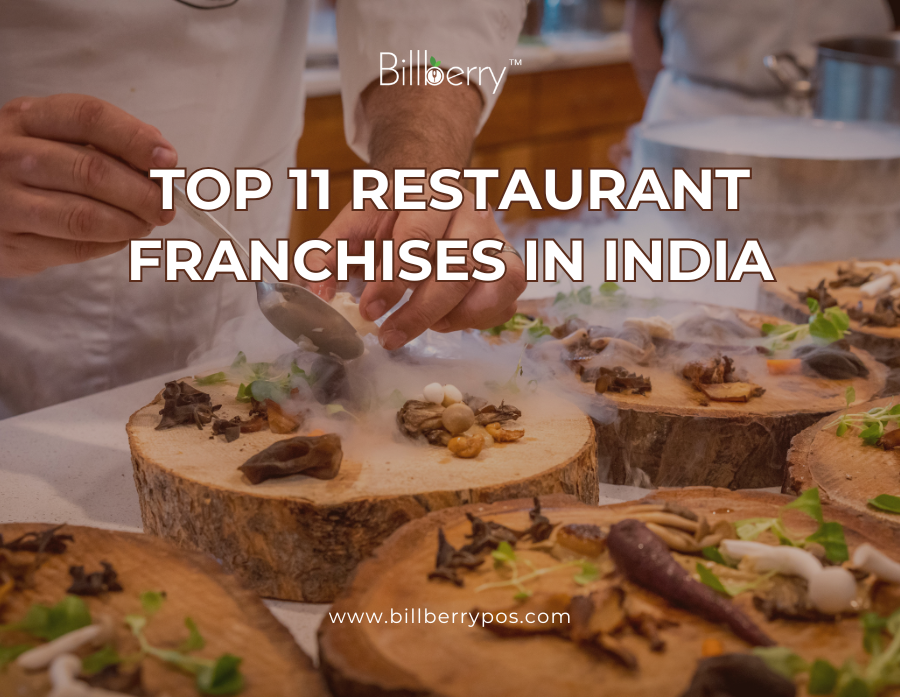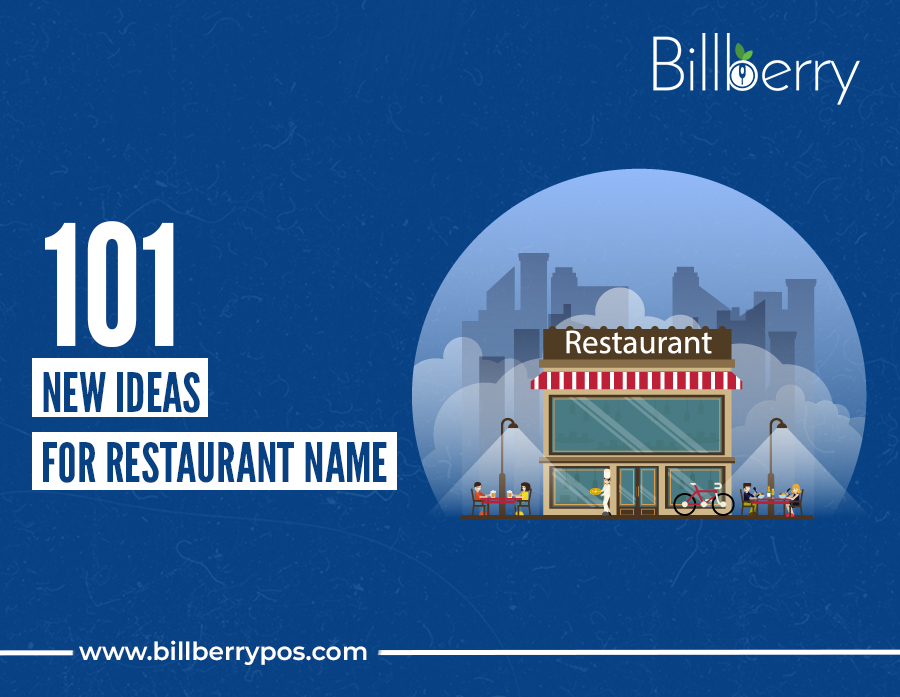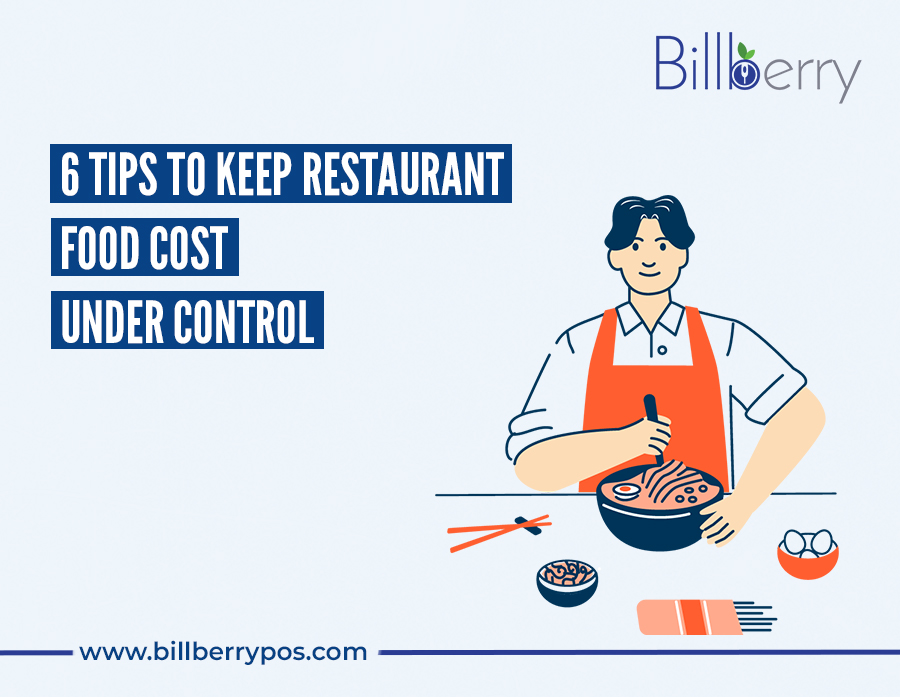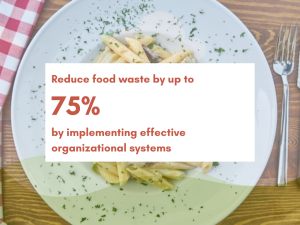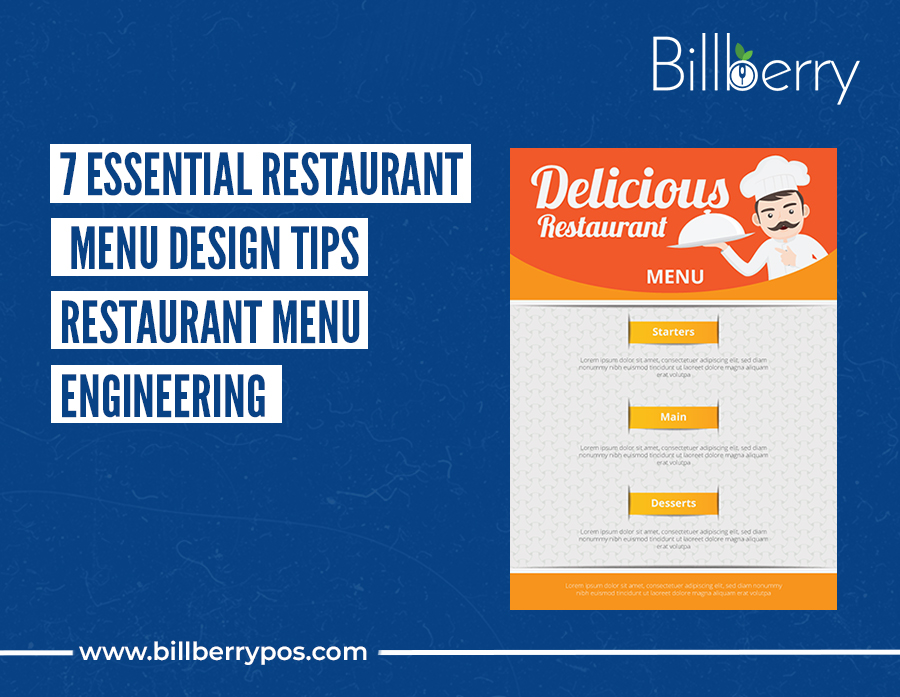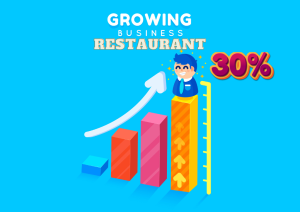In today’s digital-first world, getting your restaurant listed on online platforms like Zomato is no longer optional, it’s essential. With millions of foodies searching for meals online, Zomato registration online gives your restaurant a massive visibility boost, attracts more customers, and increases delivery orders.
In this article, we’ll guide you through the Zomato registration process, explain the Zomato registration fees in India, and list all the necessary Zomato registration documents you need to get started.
Since FY20, Zomato has aggressively increased its market share from 44% to 54%, placing the company on a much stronger footing as it works towards profitability – Business Insider
The major delivery giants and their attributes are widely popular.
For example, the logo of Zomato and Swiggy is so popular that almost everyone is aware about it.
When it comes to your restaurant’s success in the modern times, registering your restaurant on platforms like Zomato is a crucial step towards leveraging the platform’s potential.
Now lets explore the process of registering your restaurant on Zomato, ensuring that you can tap into the vast customer base and enhance your online presence.
✅ Why Register on Zomato?
Zomato is one of India’s largest online food ordering and restaurant discovery platforms. By registering your restaurant, you can:
~ List your menu online
~ Reach thousands of nearby customers
~ Accept online orders and payments
~ Build reviews and ratings to grow your brand
Now, let’s dive into the actual registration process.
📝 1. Zomato Registration Process: Step-by-Step
The Zomato registration online process is simple and can be completed in a few steps:
🔹 Step 1: Visit the Zomato Partner Registration Page
~ Go to Zomato Partner Registration and click on “Register your restaurant.”
🔹 Step 2: Fill in Basic Details
Enter details like:
~ Restaurant name
~ Owner/manager name
~ Contact number and email ID
~ Restaurant address and pincode
🔹 Step 3: Add Outlet Information
Add business details such as:
~ Type of cuisine
~ Opening hours
~ Average cost for two
~ Restaurant photos (interior/exterior/menu)
🔹 Step 4: Upload Required Documents
~ You’ll need to upload the necessary Zomato registration documents (covered in detail below).
🔹 Step 5: Zomato Review & Approval
~ Once submitted, Zomato will review your application, verify your documents, and send you a confirmation email. The process usually takes 5-7 working days.
✅ Congratulations, you’re now listed on Zomato and ready to take orders!
💰 2. Zomato Registration Fees in India
Many restaurant owners wonder about the Zomato registration fees in India. Here’s the breakdown:
Registration on Zomato is FREE.
However, Zomato charges a commission per order once you start receiving online orders. This varies based on your location, restaurant type, and negotiation.
Typical commission rates range from 15% to 25% per order (excluding taxes).
There may also be optional costs for:
~ Promotional ads
~ Featured listings
~ Sponsored placements
Make sure to clarify all charges during onboarding.
📄 3. Zomato Registration Documents Required
To complete your Zomato registration online, you must provide the following documents:
✅ FSSAI License
✅ GSTIN Certificate (if applicable)
✅ PAN Card (of the business or owner)
✅ Bank Account Details (cancelled cheque or passbook)
✅ Menu with prices
✅ High-quality images of your restaurant and food
✅ Address proof (utility bill/rental agreement)
Having these ready speeds up your onboarding process.
📌 Tips for Faster Zomato Registration Online
~ Double-check all details before submitting the form
~ Use high-resolution images of your food and premises
~ Ensure your menu is updated and professionally formatted
~ Keep your FSSAI and GSTIN documents current and valid
~ Respond to Zomato’s verification calls or emails promptly
~ The smoother your submission, the quicker you go live!
Conclusion
Getting started with Zomato registration online is one of the best moves for any restaurant looking to grow in today’s competitive food industry. Whether you’re a small outlet or a franchise chain, Zomato helps you attract more customers, manage deliveries, and scale your business digitally.
Now that you know the Zomato registration process, the Zomato registration fees in India, and the necessary Zomato registration documents, it’s time to take the next step.
Already registered and want to streamline your Zomato orders with seamless billing, kitchen management, and analytics? Try BillBerry POS | A Restaurant Management Platform!
👉 Book your FREE demo with BillBerry!
More like this:
How to Register Your Restaurant on Swiggy?
Reduce Paper Waste at Restaurant: A Sustainable Approach
The Power of Data: Leveraging Analytics in Restaurant Management








